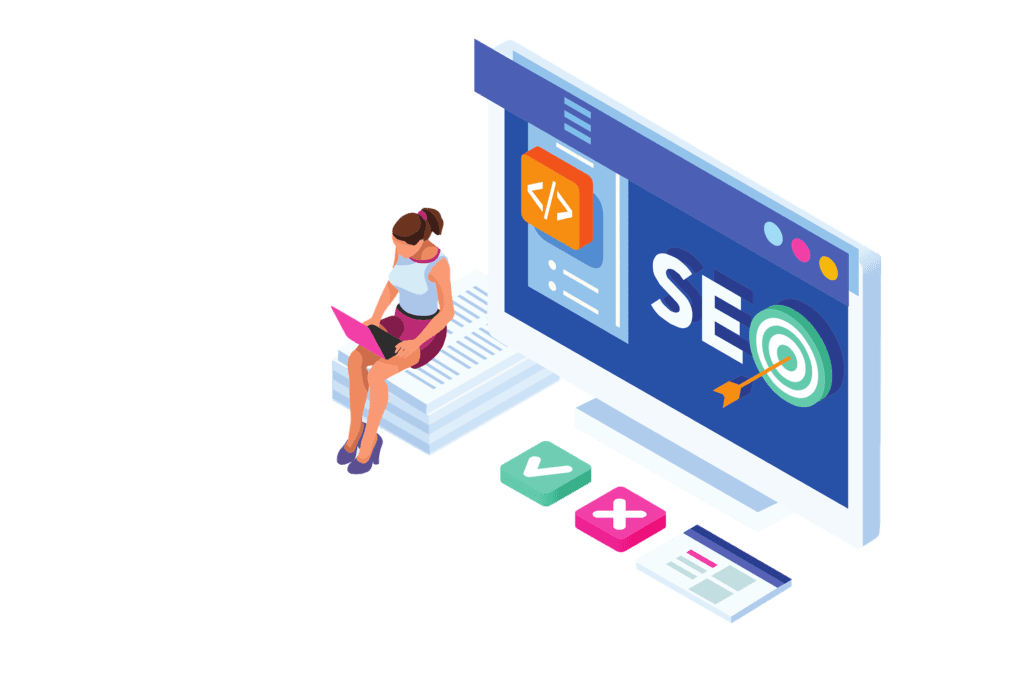In the ever-evolving world of digital marketing, Pay-Per-Click (PPC) and Search Engine Optimization (SEO) stand out as two of the most effective strategies to boost visibility and drive traffic. While both aim to achieve similar objectives, they function in distinct ways. Understanding their unique benefits, challenges, and how they can work together is key to making the right decision for your business.
What is Pay-Per-Click (PPC)?
PPC is a paid advertising model where businesses pay each time someone clicks on their ad. It’s often used in platforms like Google Ads, Facebook, LinkedIn, and Instagram.
Benefits of PPC
- Instant Visibility: Your ads can appear at the top of search results immediately.
- Control Over Budget: Set daily or monthly limits to manage costs.
- Precise Targeting: Reach specific demographics, interests, and behaviors.
- Performance Tracking: Measure effectiveness with metrics like Click-Through Rate (CTR), Cost Per Click (CPC), and conversion rates.
What is Search Engine Optimization (SEO)?
SEO focuses on improving your website’s organic ranking on search engines through on-page and off-page strategies like keyword optimization, backlinks, and content quality.

Benefits of SEO
- Long-Term Results: Organic traffic continues even after initial efforts.
- Cost-Effective: No direct costs per visitor; only time and resources.
- Credibility and Trust: Higher rankings boost consumer confidence.
- Broader Reach: SEO grows your audience steadily over time.
PPC vs. SEO: Key Comparisons
1. Cost and Budgeting
- PPC: Costs depend on keyword competition; easy to set budget limits.
- SEO: Involves upfront investment in content and optimization; provides long-term returns.
2. Time to Results
- PPC: Generates immediate leads and traffic.
- SEO: Takes weeks or months to show significant results.
3. Quality of Traffic
- PPC: Attracts targeted traffic, though some clicks may not convert.
- SEO: Organic results attract more qualified visitors, boosting conversion rates.
4. Sustainability
- PPC: Stops driving traffic once funding ends.
- SEO: Delivers consistent traffic over time, even with minimal ongoing effort.
5. Brand Awareness and Credibility
- PPC: Increases visibility but is less trusted by users.
- SEO: Builds long-term authority and trust in your industry.
6. Flexibility and Control
- PPC: Allows instant updates to campaigns for better performance.
- SEO: Changes take time to reflect in search engine rankings.
How PPC and SEO Work Together
When integrated effectively, PPC and SEO can complement each other to maximize results.
1. Optimizing Visibility
Combining PPC and SEO ensures maximum exposure on search engine results pages (SERPs).
2. Keyword Insights
PPC campaigns provide valuable data on high-performing keywords, which can refine your SEO strategy.
3. Testing Ground
Use PPC to test ad copy, landing pages, and offers before integrating the best-performing elements into your SEO campaigns.
4. Remarketing Opportunities
PPC enables you to remarket to visitors who didn’t convert, giving you another chance to close the deal.
5. Brand Reinforcement
Appearing in both organic results and paid ads strengthens brand recognition and trust.
Choosing the Right Strategy
Your choice between PPC and SEO—or how you integrate them—depends on your business goals, budget, and timeline:
- Use PPC for quick visibility, targeted traffic, and control over campaigns.
- Use SEO for long-term sustainability, credibility, and cost-effective results.
Why You Need Both PPC and SEO
PPC offers instant results but requires ongoing investment. SEO builds long-lasting value but takes time to show results. By combining both, businesses can harness the best of immediate visibility and long-term growth.
Integrating PPC and SEO into a cohesive digital marketing strategy ensures your brand stays competitive, visible, and impactful in the ever-changing online landscape.


